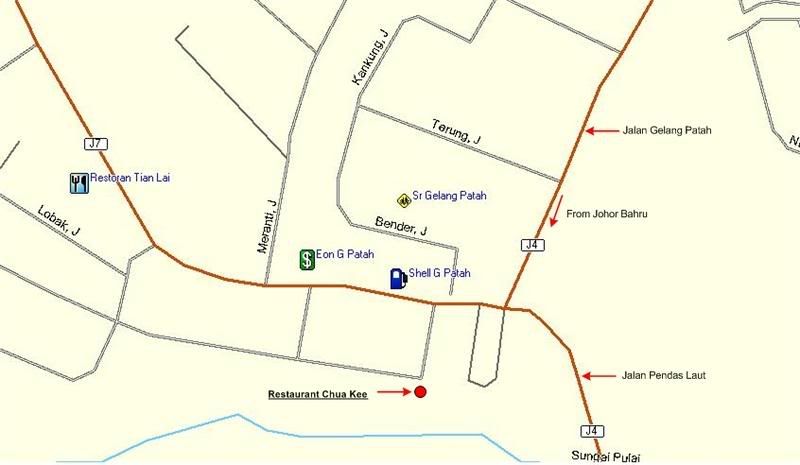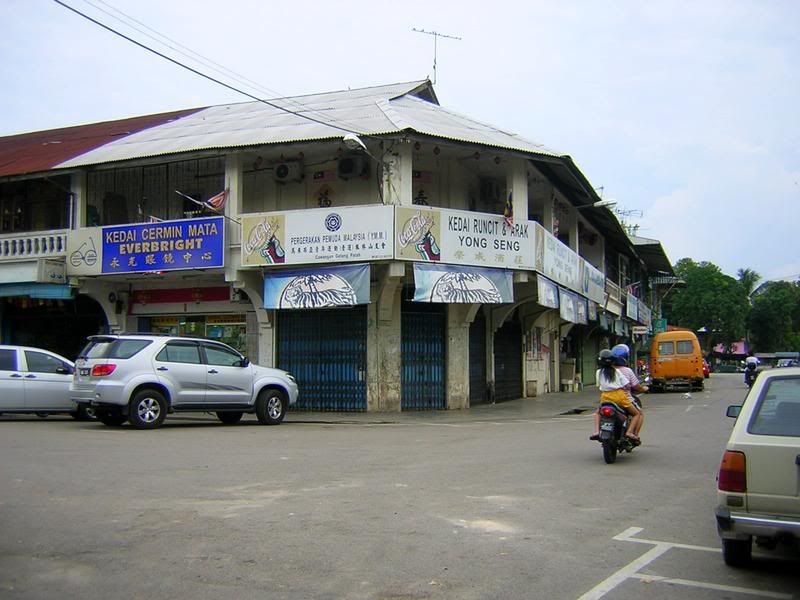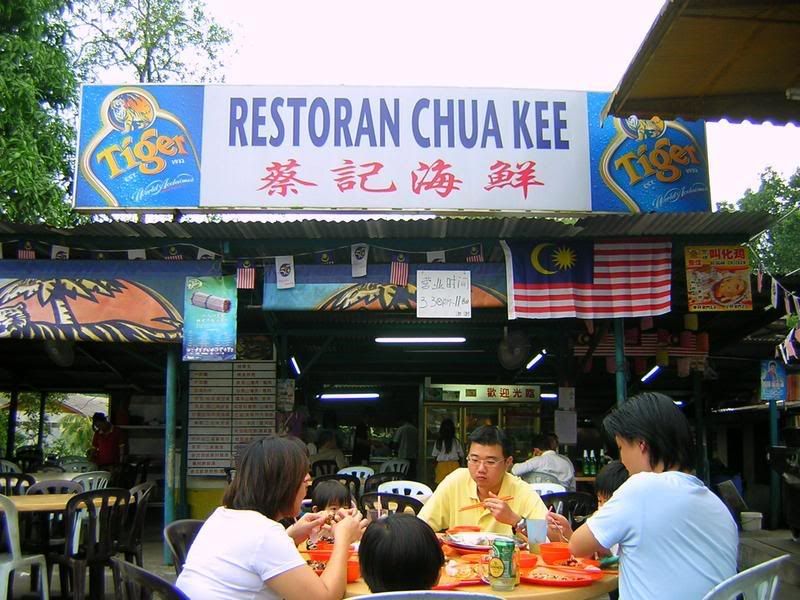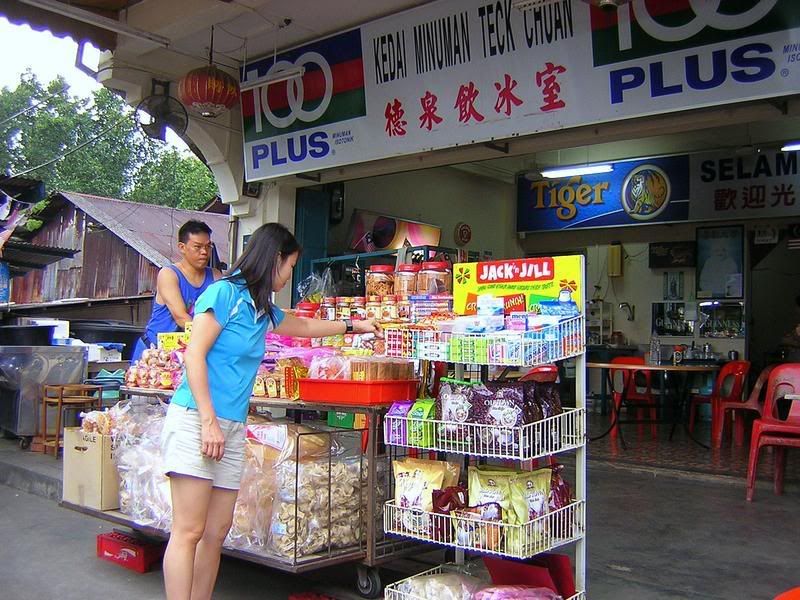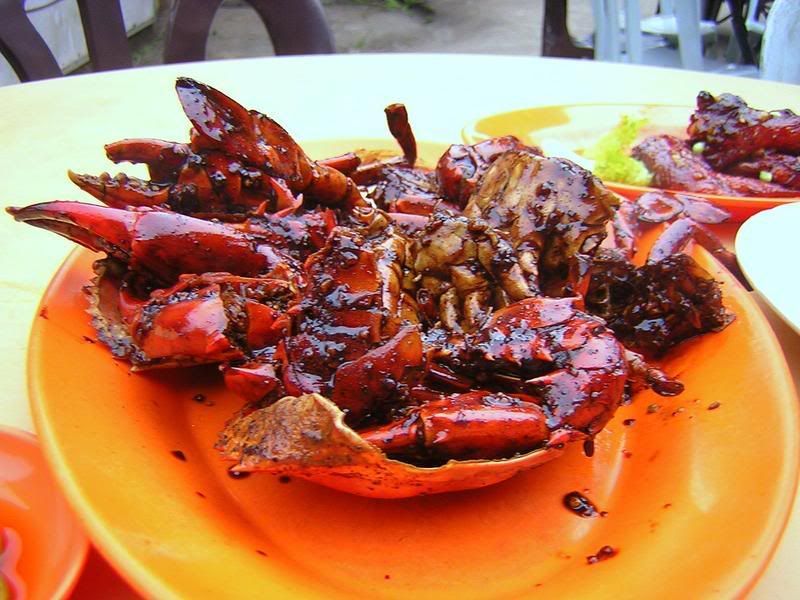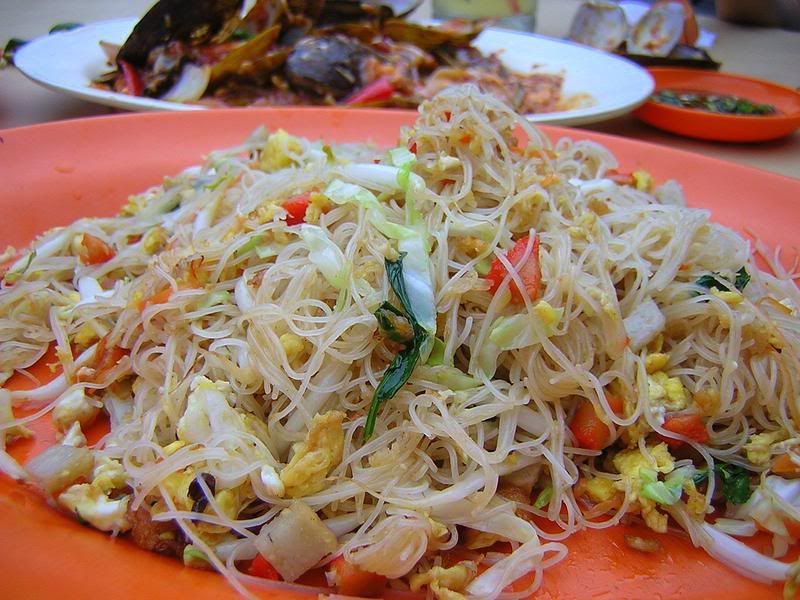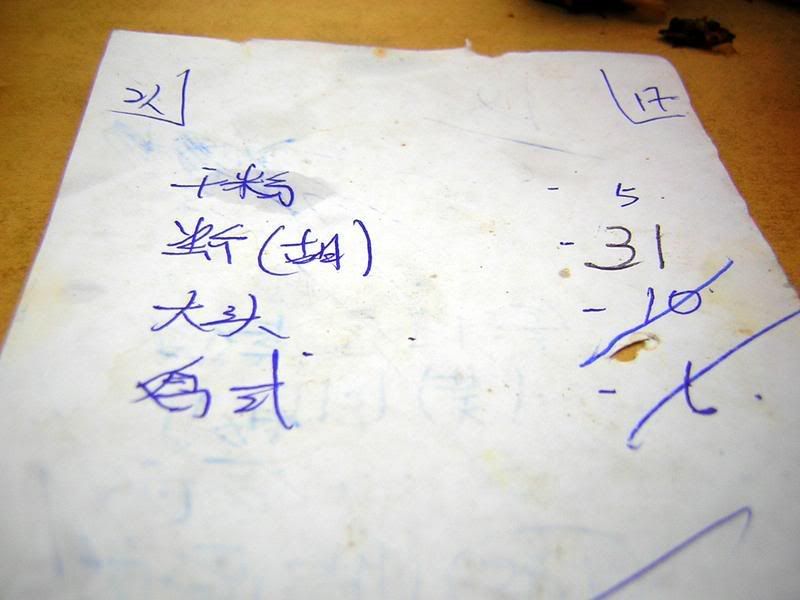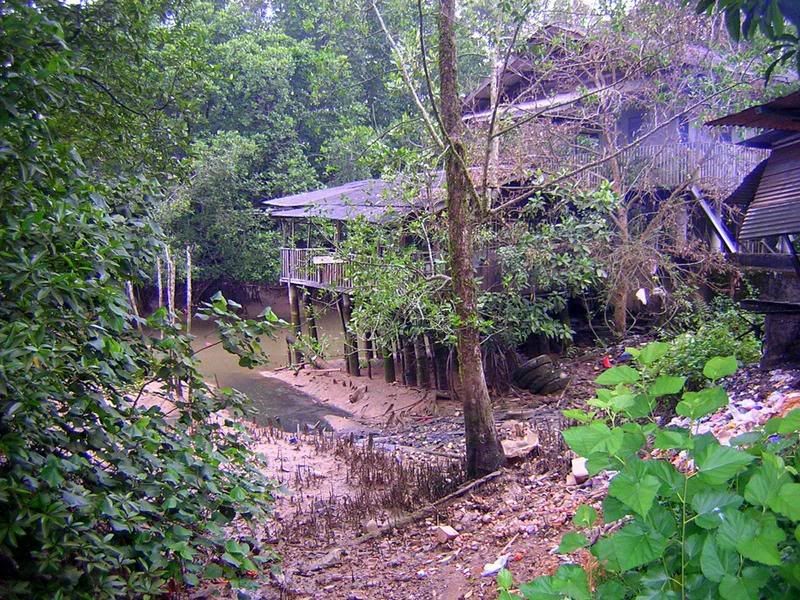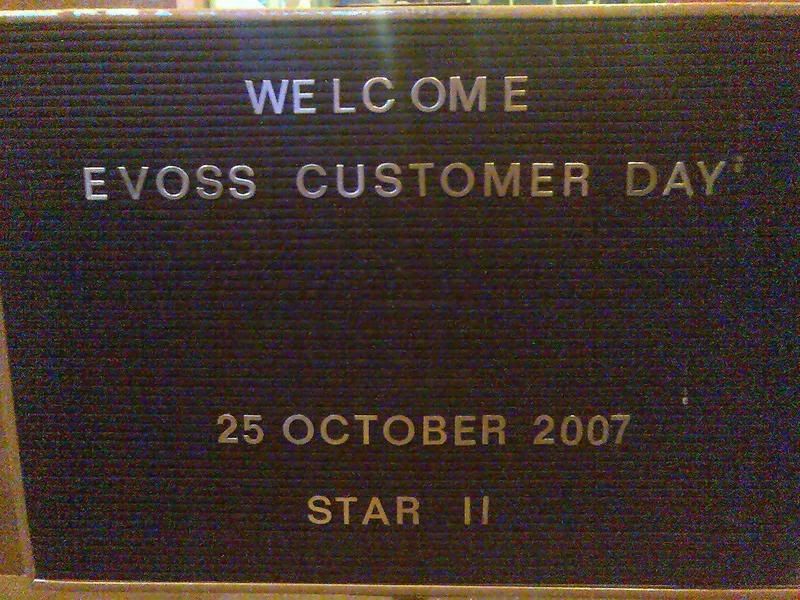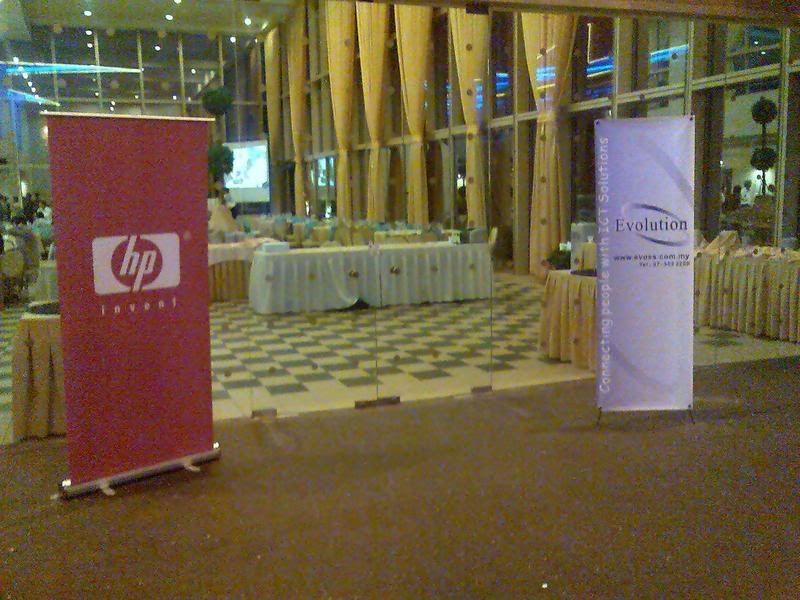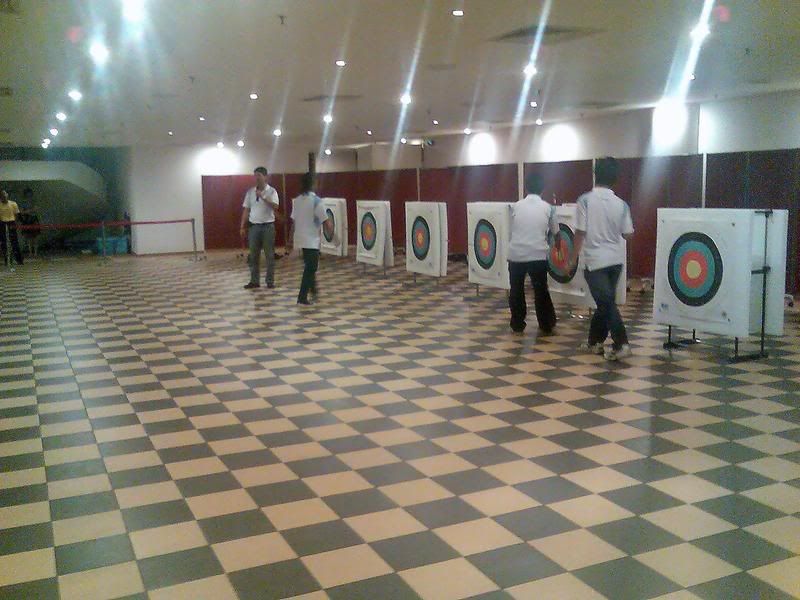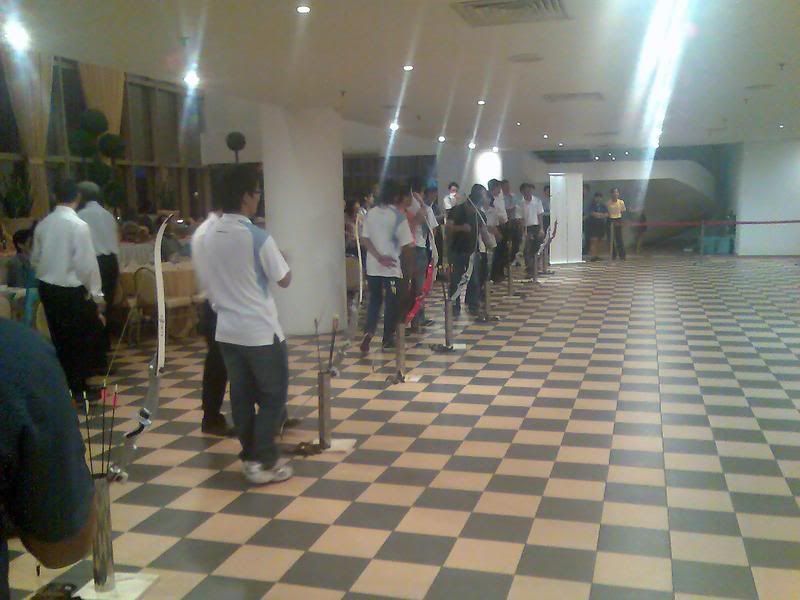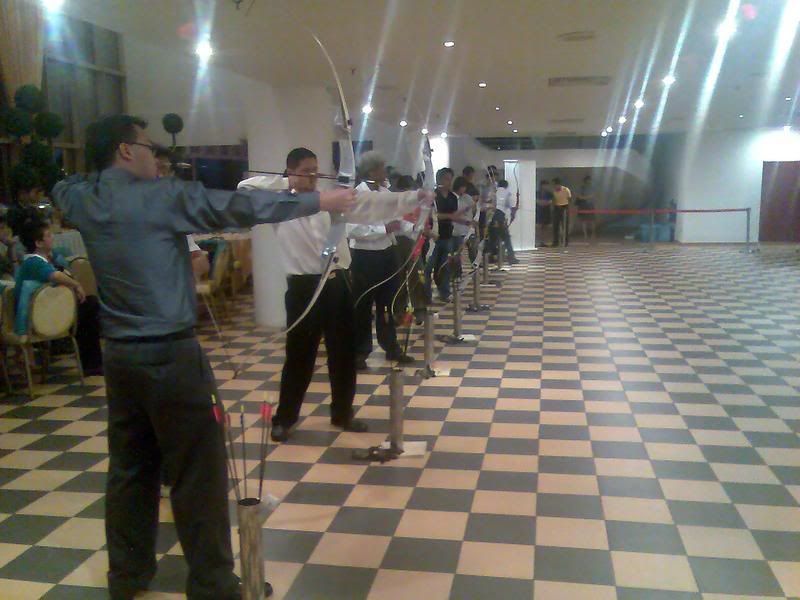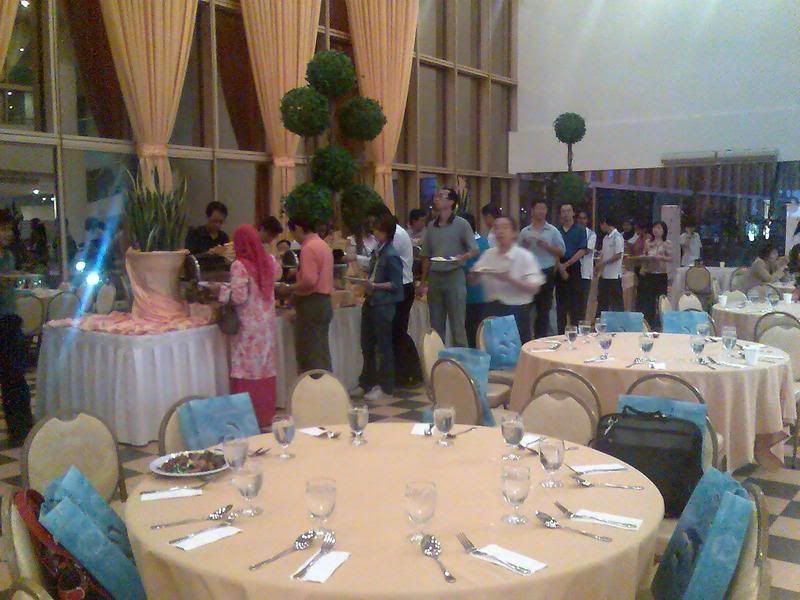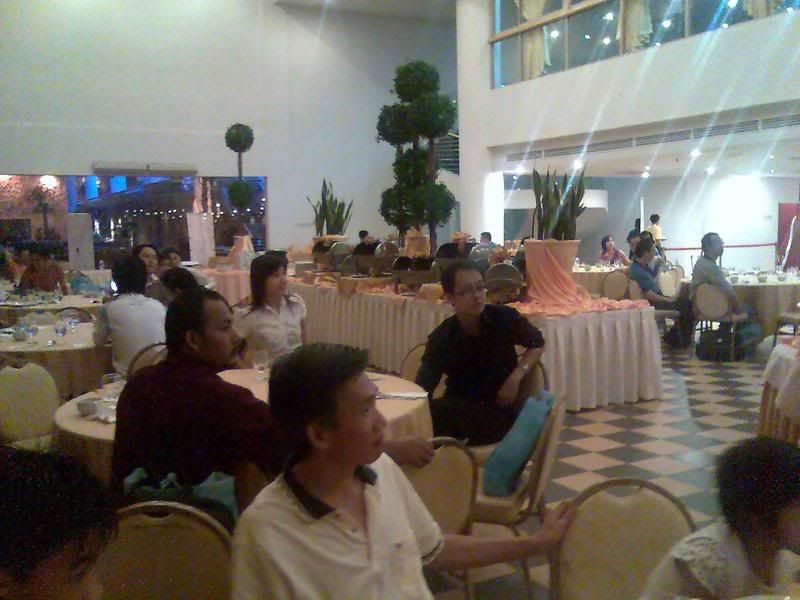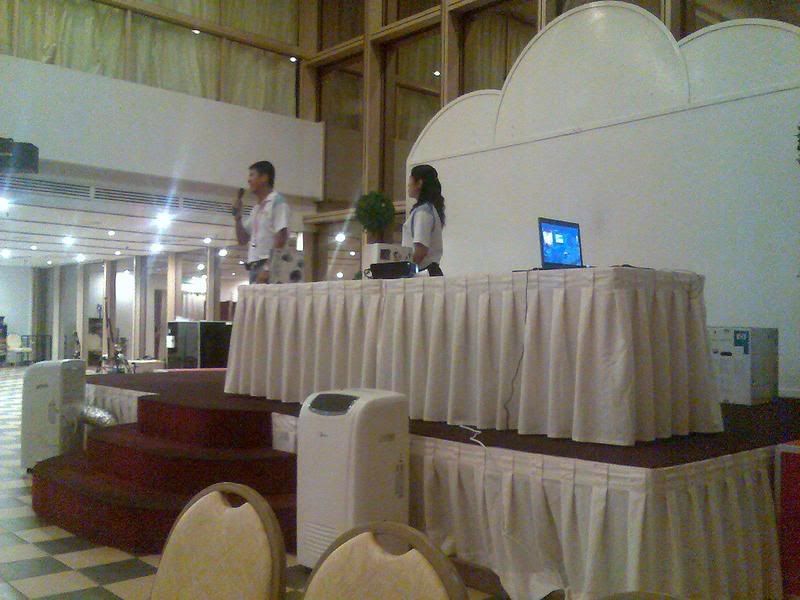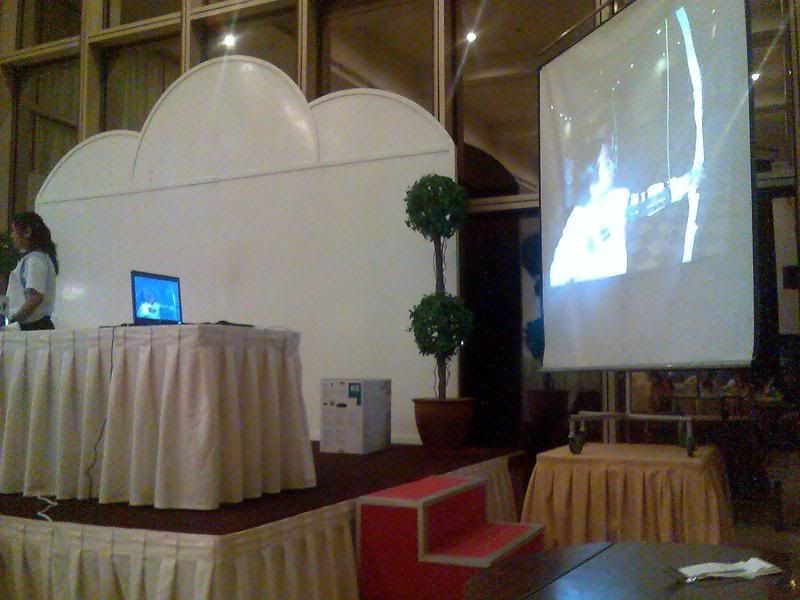
I was pleased to learn that G M B Akash has won first place in the 2007 Gordon Parks International Photo Competition with the above remarkable photograph of a young girl on a train in Bangladesh. Akash tells us that because of Bangladesh’s large population, inadequate number of seats on trains, and inherent poverty, many people are stowaways. This often results in terrible accidents.
I've posted about Akash's photographic talents on TTP here, where in contrast to other mindless agenda-driven blogs, I chose to adopt a less venomous approach to his photograph of a chained Muslim child in a Bangladeshi madrasa.
The Gordon Parks International Photo Competition has been conducted by Fort Scott Community College since 1990. More than 3,100 individuals from around the world have participated in this annual program that, inspired by the photography of Gordon Parks, reflects important themes in life such as social injustice, the suffering of others, and family values.
G M B Akash's Website
Gordon Parks Center's Contest Results







